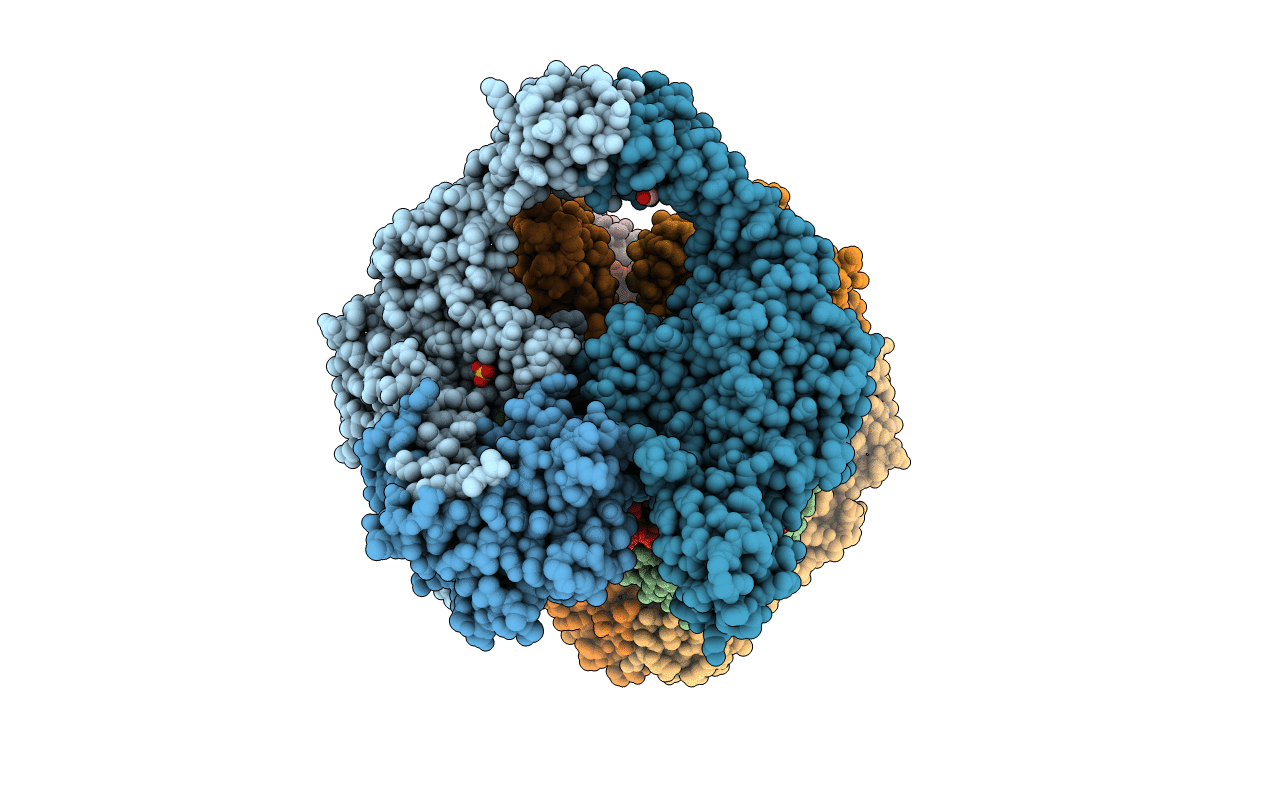
Deposition Date
2015-07-04
Release Date
2015-12-16
Last Version Date
2024-11-13
Entry Detail
PDB ID:
5CDN
Keywords:
Title:
2.8A structure of etoposide with S.aureus DNA gyrase and DNA
Biological Source:
Source Organism:
Staphylococcus aureus (Taxon ID: 1280)
Staphylococcus aureus (strain N315) (Taxon ID: 158879)
synthetic construct (Taxon ID: 32630)
Staphylococcus aureus (strain N315) (Taxon ID: 158879)
synthetic construct (Taxon ID: 32630)
Host Organism:
Method Details:
Experimental Method:
Resolution:
2.79 Å
R-Value Free:
0.24
R-Value Work:
0.21
R-Value Observed:
0.21
Space Group:
P 1 21 1


